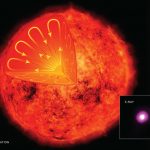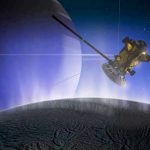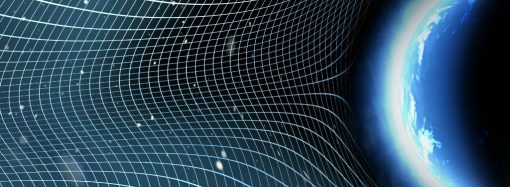Comet Swift-Tuttle: The Icy Parent of the Perseid Meteor Shower0
- From Around the Web, Space
- August 11, 2016
The spectacular Perseid meteor shower, peaking Thursday night (Aug. 11–12), lights up Earth’s sky every summer as Earth passes through the trail left by Comet Swift-Tuttle, a miles-wide behemoth that swings by Earth every 133 years.
















